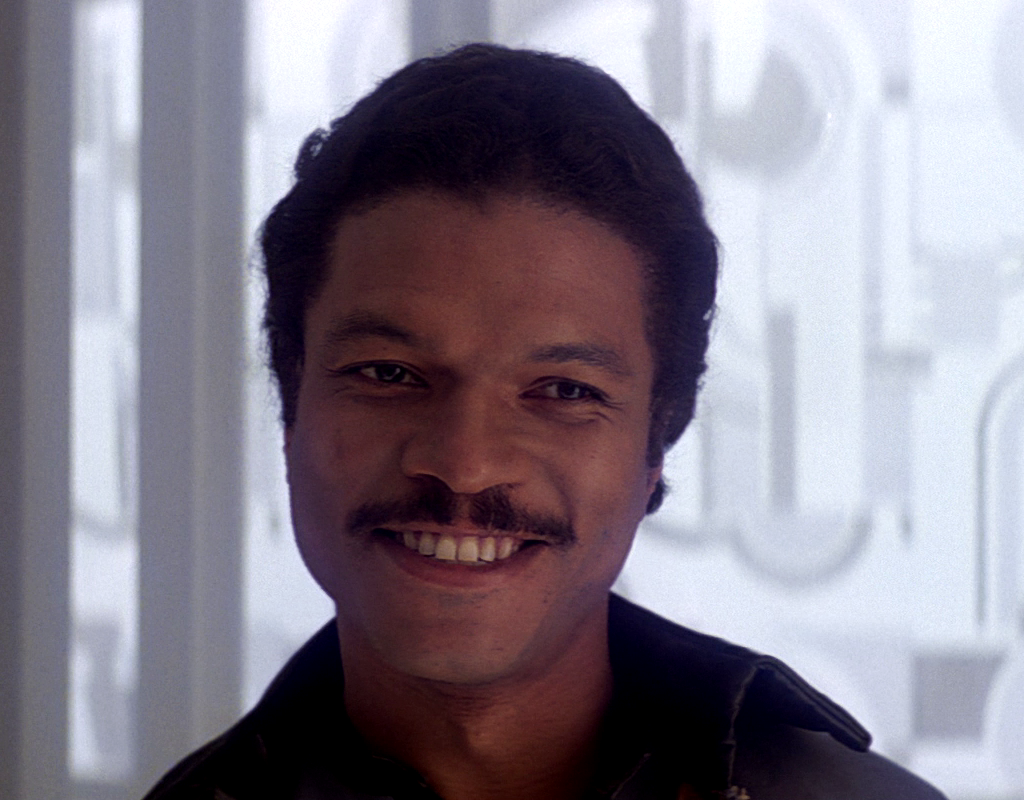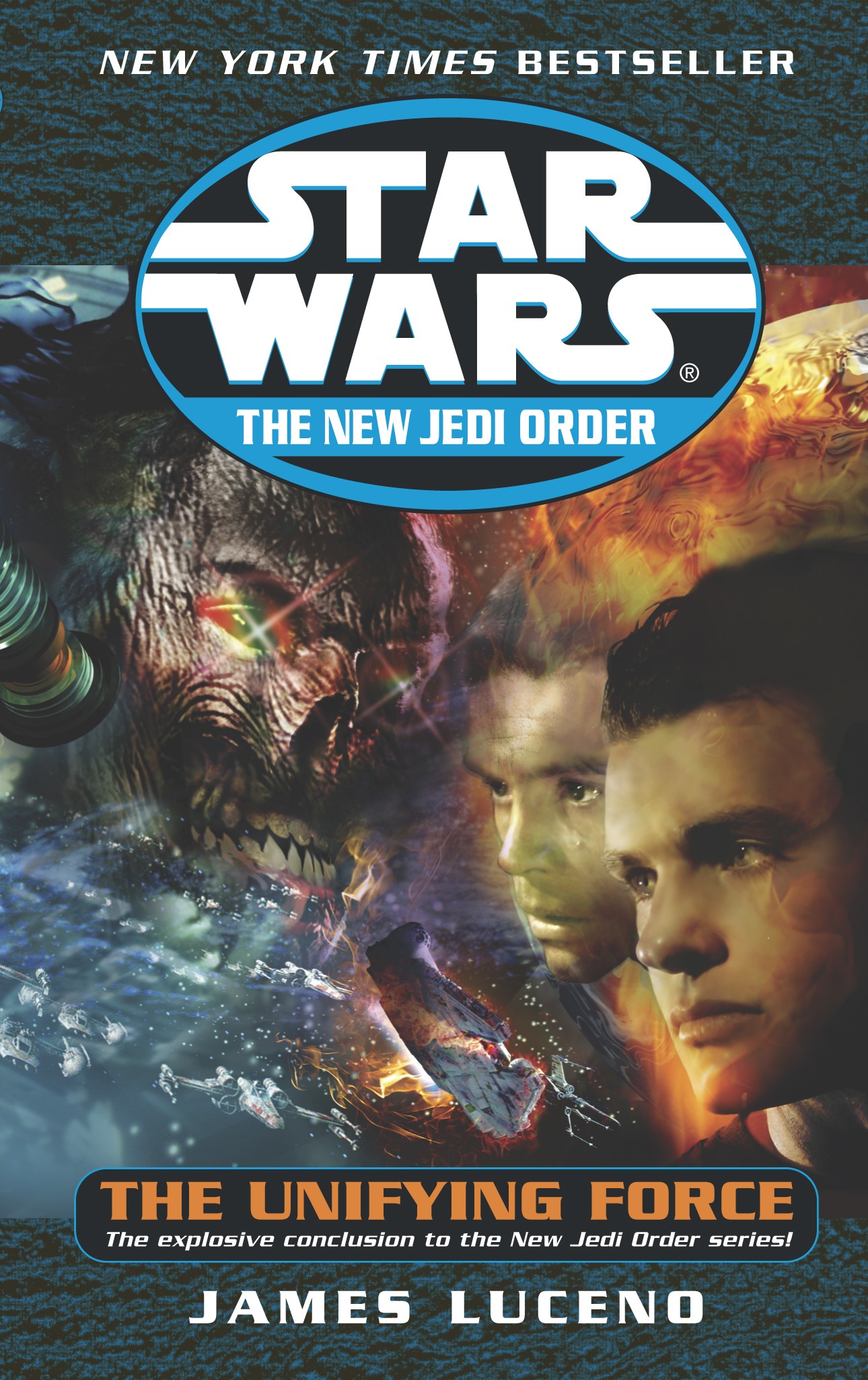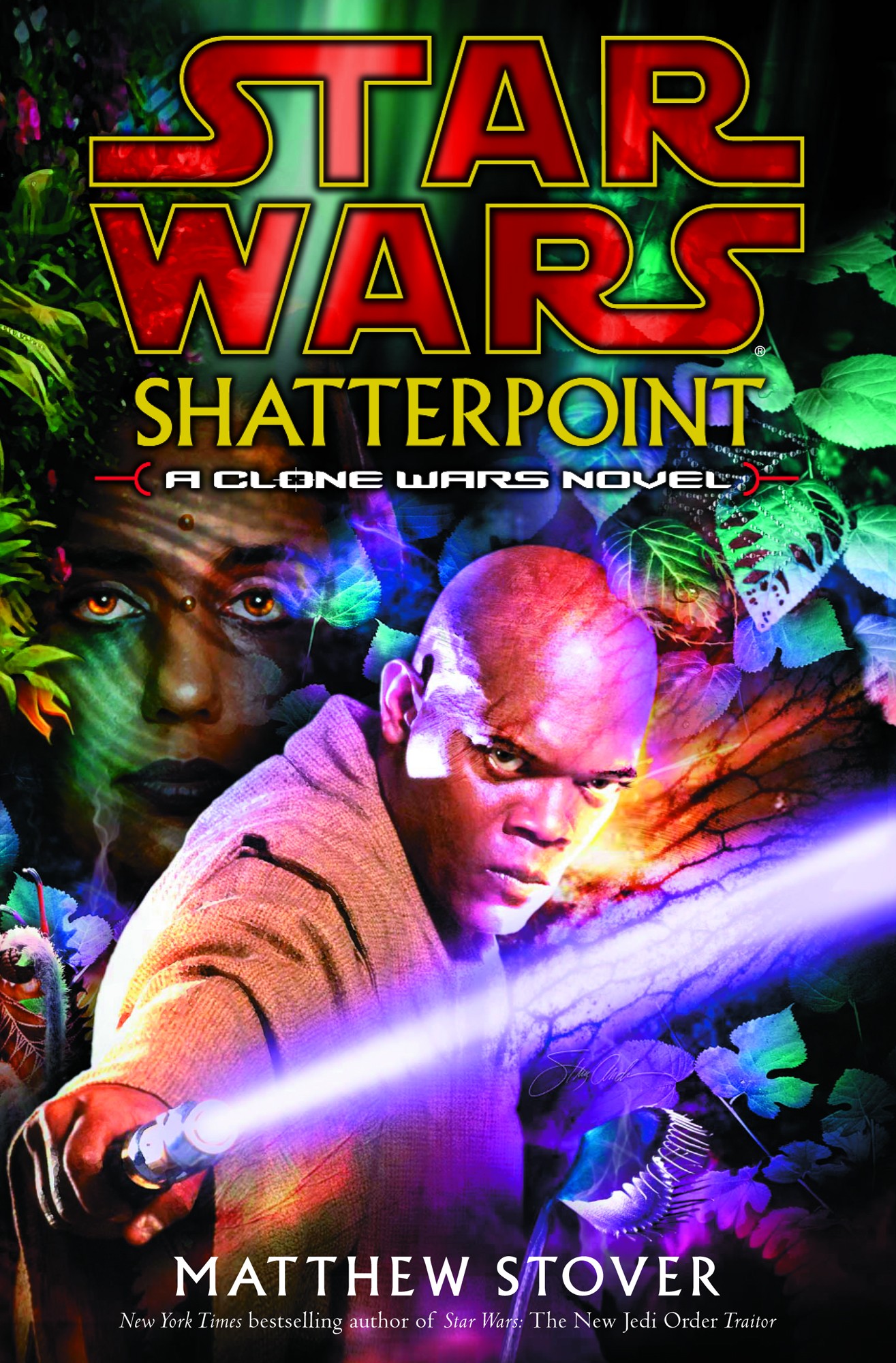
Science fiction is a broad term for a big, big genre. At its core, it is a genre of stories in which science or technology beyond the bounds of what is currently known plays an important role, and tends by default to incorporate any fiction set in the future. This creates a vast continuum embracing space opera, steampunk, tech-oriented hard science fiction, alien-invasion thrillers, and dystopian studies of human society — to name just a few types of science fiction.
Star Wars primarily falls under the label of space opera — pulpy adventure stories set in outer space, a subgenre heavily influenced by fantasy. These stories have the trappings of advanced science and technology — spaceships, laser guns — but aren’t interested in examining the science of the setting, or using it to explore mankind’s relationship with technology or illustrate ideas about society in the way most idea-oriented traditional science fiction does.
In addressing how Star Wars interacts with the science fiction genre, I thus want to focus in on how the space fantasy saga engages with the “harder” elements of traditional science fiction.




